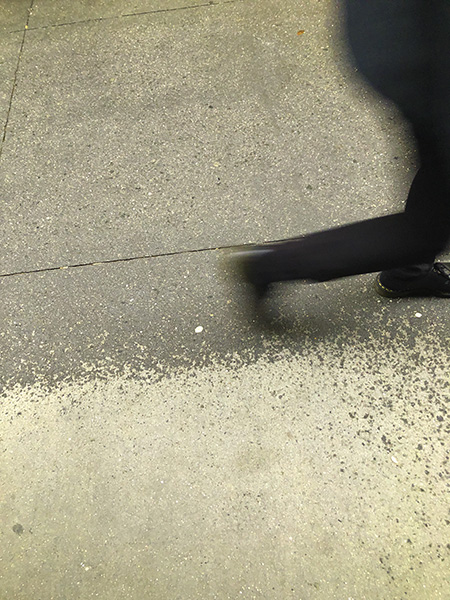Does an Art Education Matter?
by Jason Horejs | Owner, Xanadu Gallery 
Whenever I’m talking to artists about their biographies or resumes, the question of art education, or lack thereof, often comes up. Artists who have completed extensive academic training want to know how best to leverage that training to build their credibility. Artists who don’t have formal training, want to know if it will hurt their prospects for gallery representation and sales.
Both those that have been formally trained, and those who haven’t, are curious to know how much I think art education matters. I suspect, those who went through extensive schooling want to know if it was worth it. Self-taught artists wonder if they should matriculate or face the consequences.
Unfortunately, there’s no simple answer to the question, “Is an art education worth the investment?”
Let me approach it this way – the following list can be advantages to a formal education:
- Technical Training. For some styles, subjects and media, a formal, academic environment is an efficient, effective way to learn the techniques required to become proficient in creating the work.
- Structured Learning Environment. Some artists are predisposed to learn best in the formal environment that an educational institution will provide. The academic classroom and atelier, along with the relationships built with teachers and fellow students, can nurture learning and development.
- Expansion of Horizons. In addition to learning techniques specific to your style, during a formal academic education, you will likely have the opportunity to try your hands at other media, styles, and techniques. This exploration will broaden your horizons and enrich your understanding of your craft. Art students spend time immersing themselves in art history as well, giving them perspective on their work.
- Credentials. A degree in the arts can help you on many levels, especially if you wish to teach, or take a position in an arts organization.
I also see the downside to pursuing a degree:
- The Cost. Tuition continues to climb, and you can count on a BFA or a BA costing tens of thousands of dollars or more. Unfortunately, according to AOL Finance, a fine arts degree is one of the ten lowest paying college majors.
- The Time. Four years spent in art school creating what someone else is telling you to create, instead of creating what you want, can feel like a waste of time to some artists (an expensive waste of time . . .)
- Stylistic Constraints. I met a gallery owner years ago who said he wouldn’t typically represent artists with degrees because he felt they were too uptight in their work. I think he was probably exaggerating his opinion a bit, and I also think that broad prejudices like this are counterproductive, but it does make some sense that some artists who are trained in academia might be more artistically conservative.
There are certainly many other benefits to both sides of the equation, and I’ll count on you sharing your thoughts in the comments below.
As a gallery owner, however, when the question is put to me, the artist is generally wondering what impact their education level has on my decision whether to represent their work in my gallery.
The truth is, education has almost no direct impact, though it can have an indirect influence.
When I’m evaluating an artist’s work for representation, the key factors are the quality and consistency of the work, the personality of the artist, and the artist’s track record of sales. I can’t remember a time that I asked or thought about the artist’s education.
With that said, there have certainly been artists that I’ve selected for the gallery whose work is of the quality that it is because of an academic background. Some artists can only achieve their vision and their artistic destiny by gaining an academic training. For these artists, an art education is a critical means to an end – it can’t be an end in and of itself, and an education alone doesn’t guarantee artistic or commercial success.
There are other artists who will better spend their time gaining their own education in non-traditional ways.
One final thought. Of my top ten selling artists, four have degrees in fine art, six do not.
Jason Horejs is the Owner of Xanadu Gallery, author of best selling books “Starving” to Successful & How to Sell Art , publisher of reddotblog.com, and founder of ARTsala. Jason has helped thousands of artists prepare themselves to more effectively market their work, build relationships with galleries and collectors, and turn their artistic passion into a viable business. Connect with Jason on Facebook
This blog post is (c) J. Jason Horejs.
Owner

















Care To Comment?